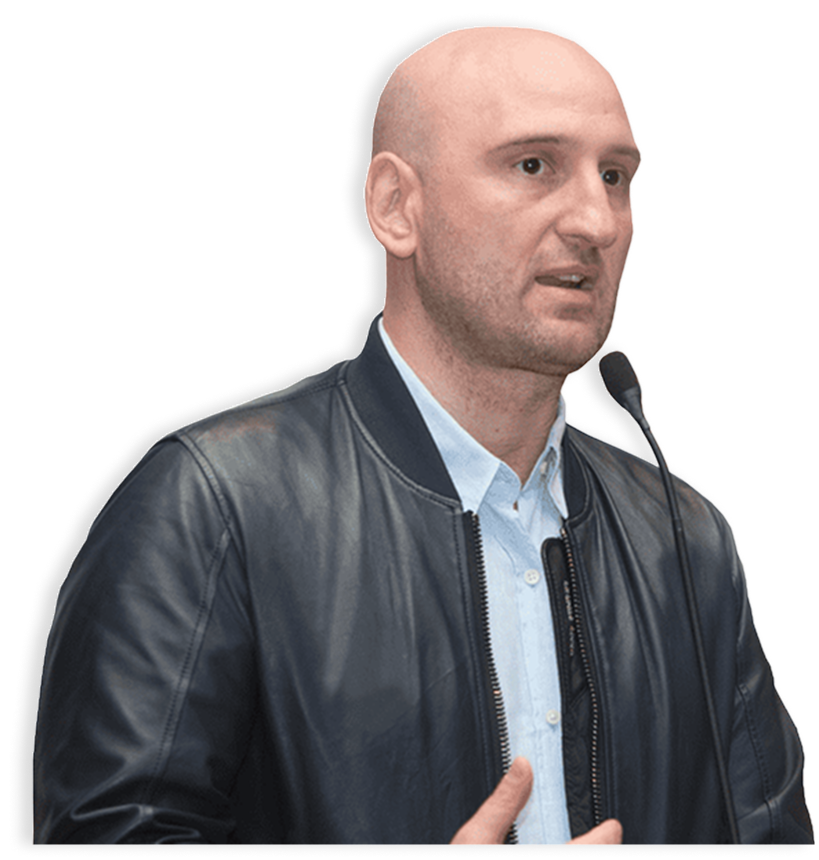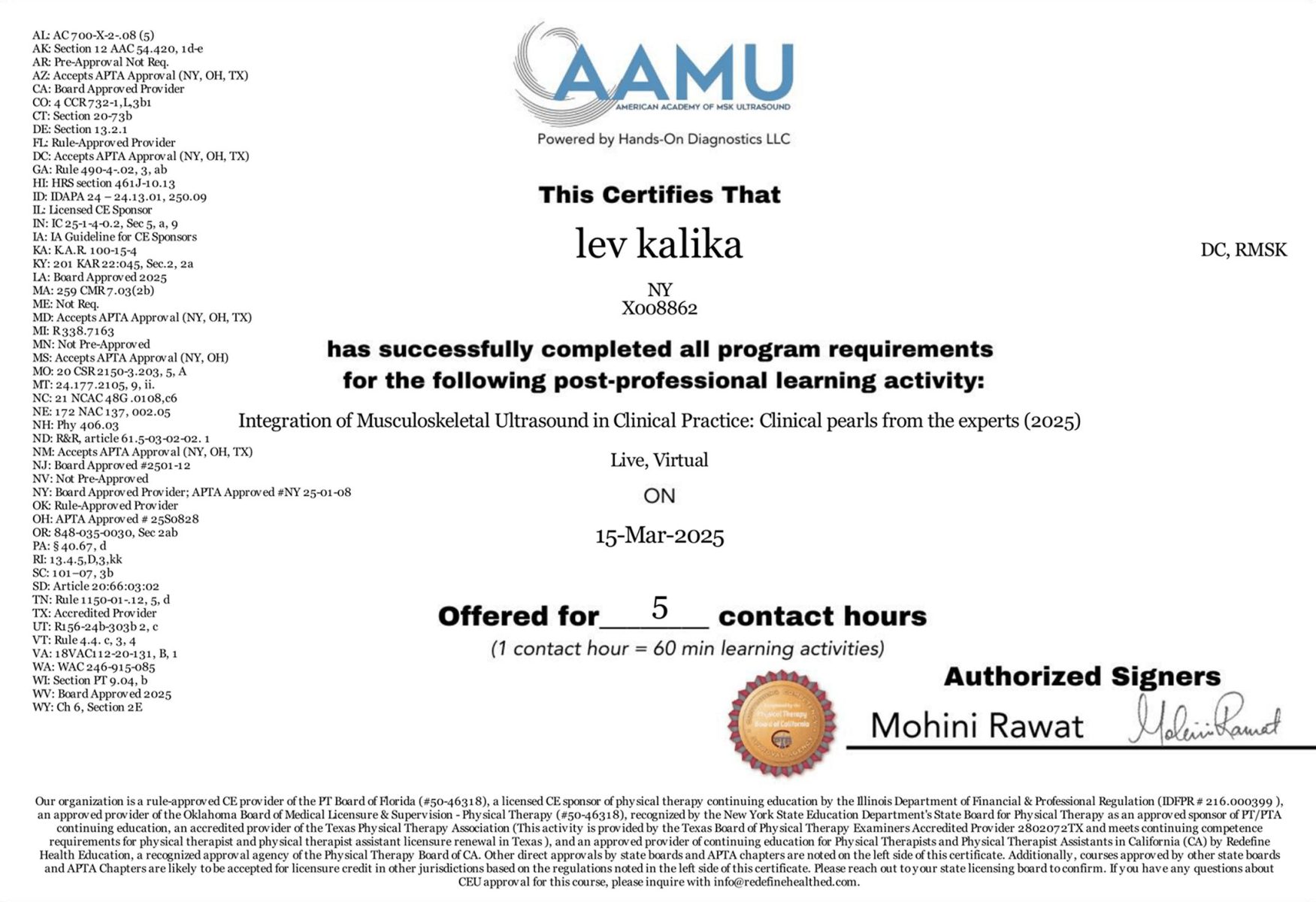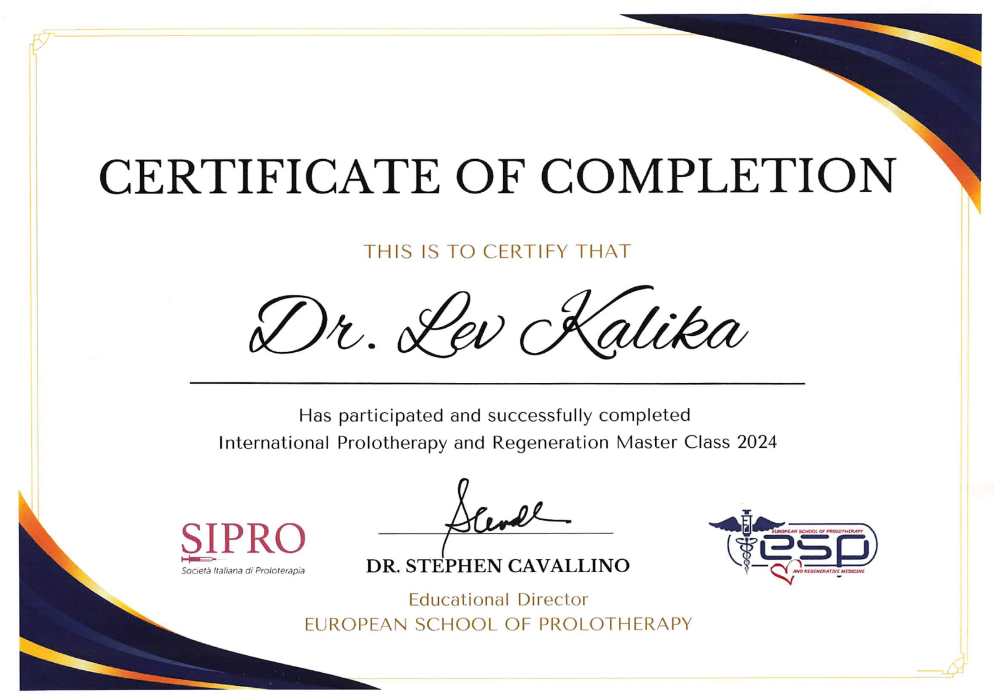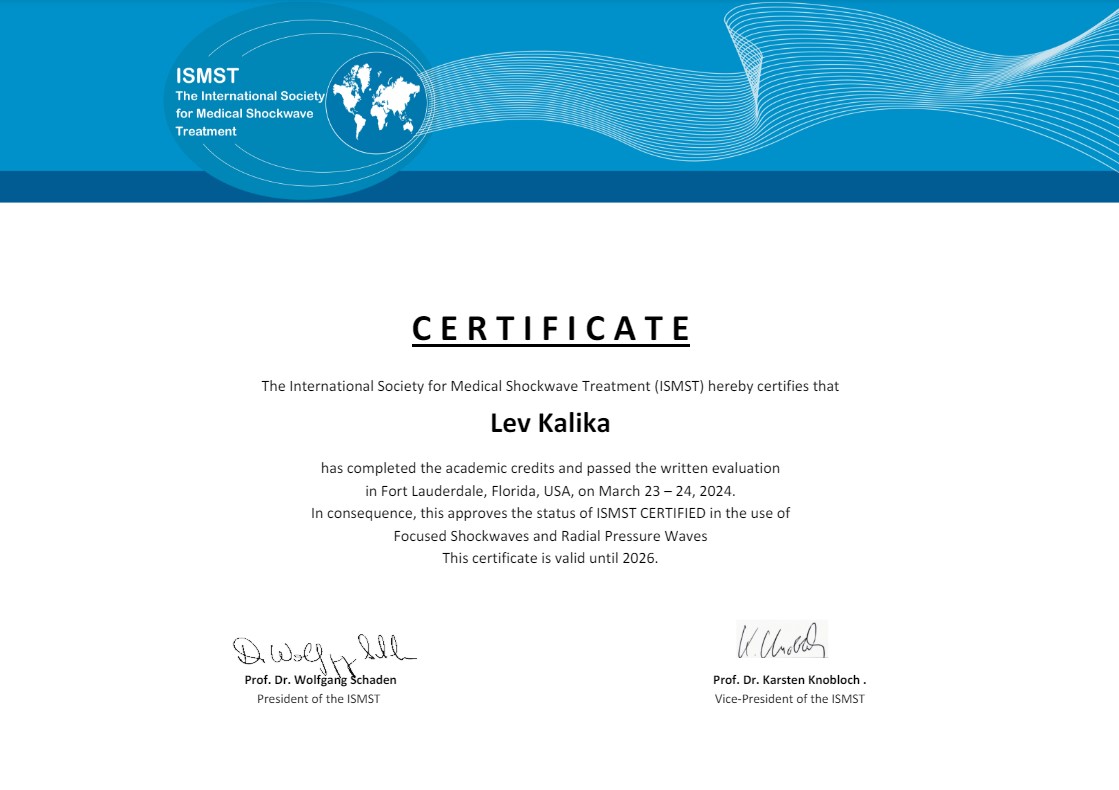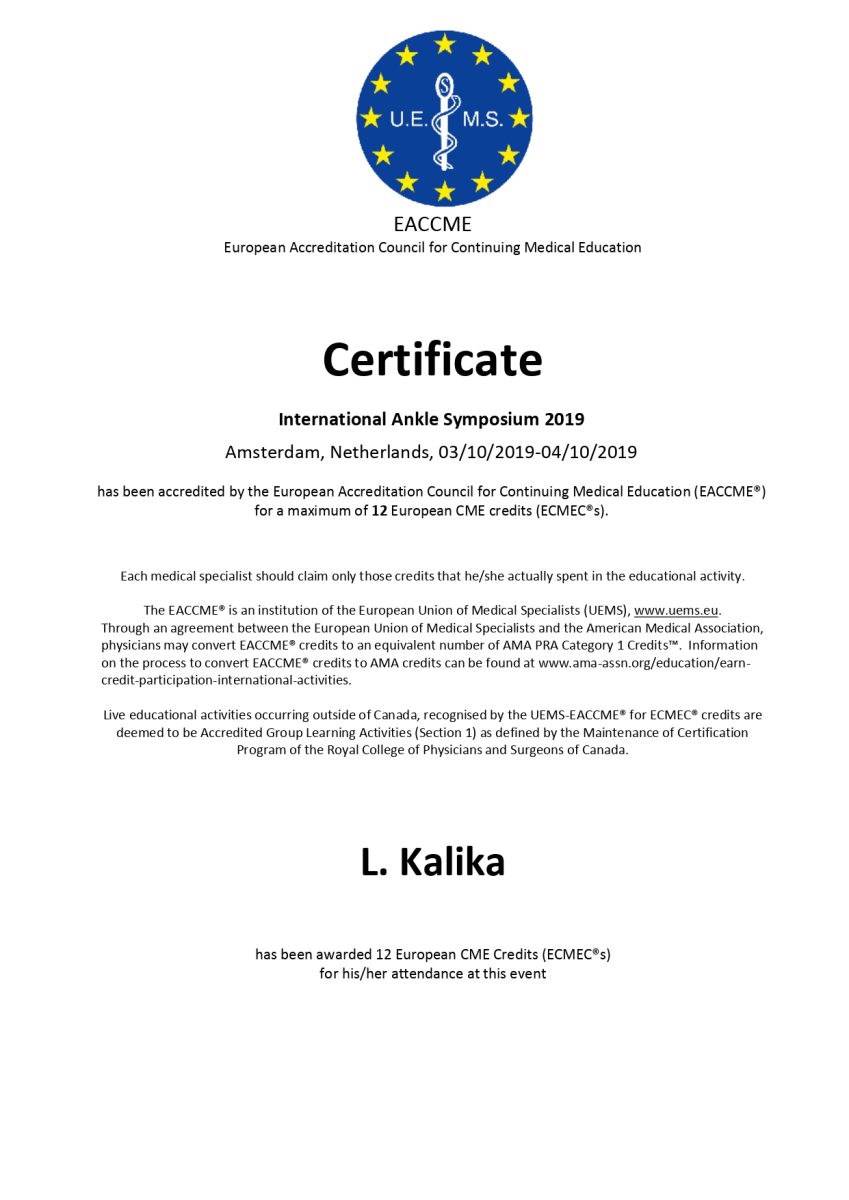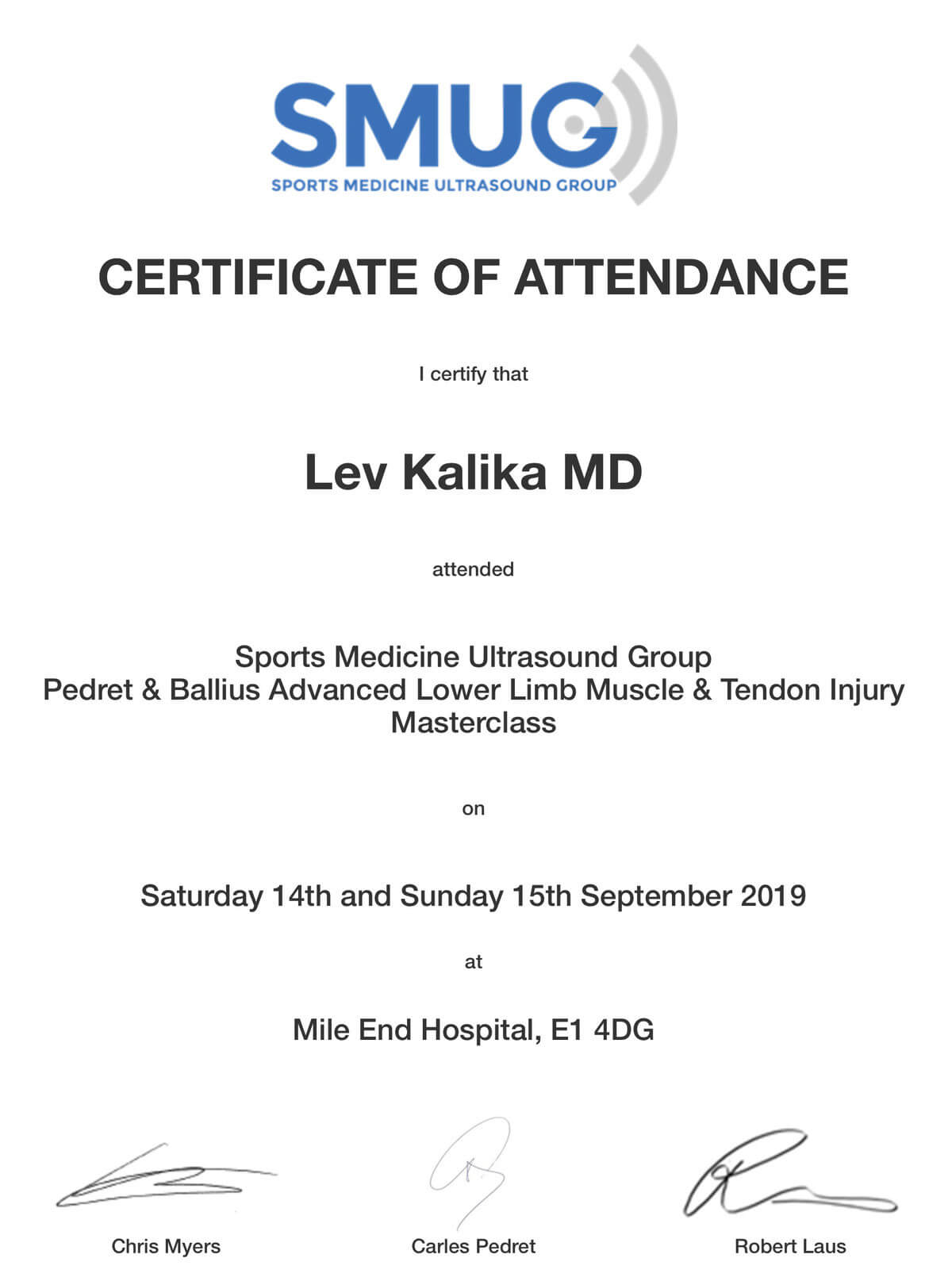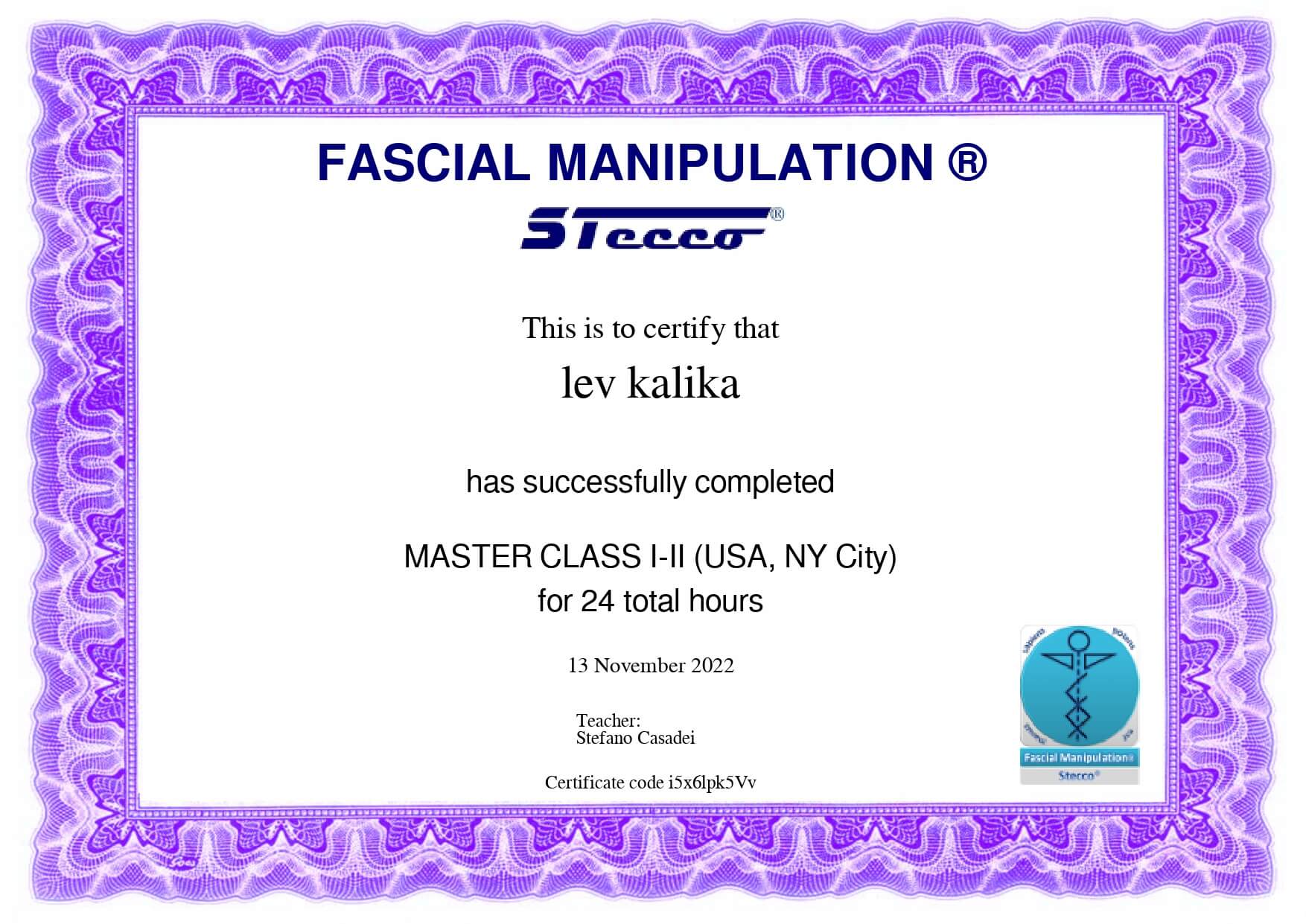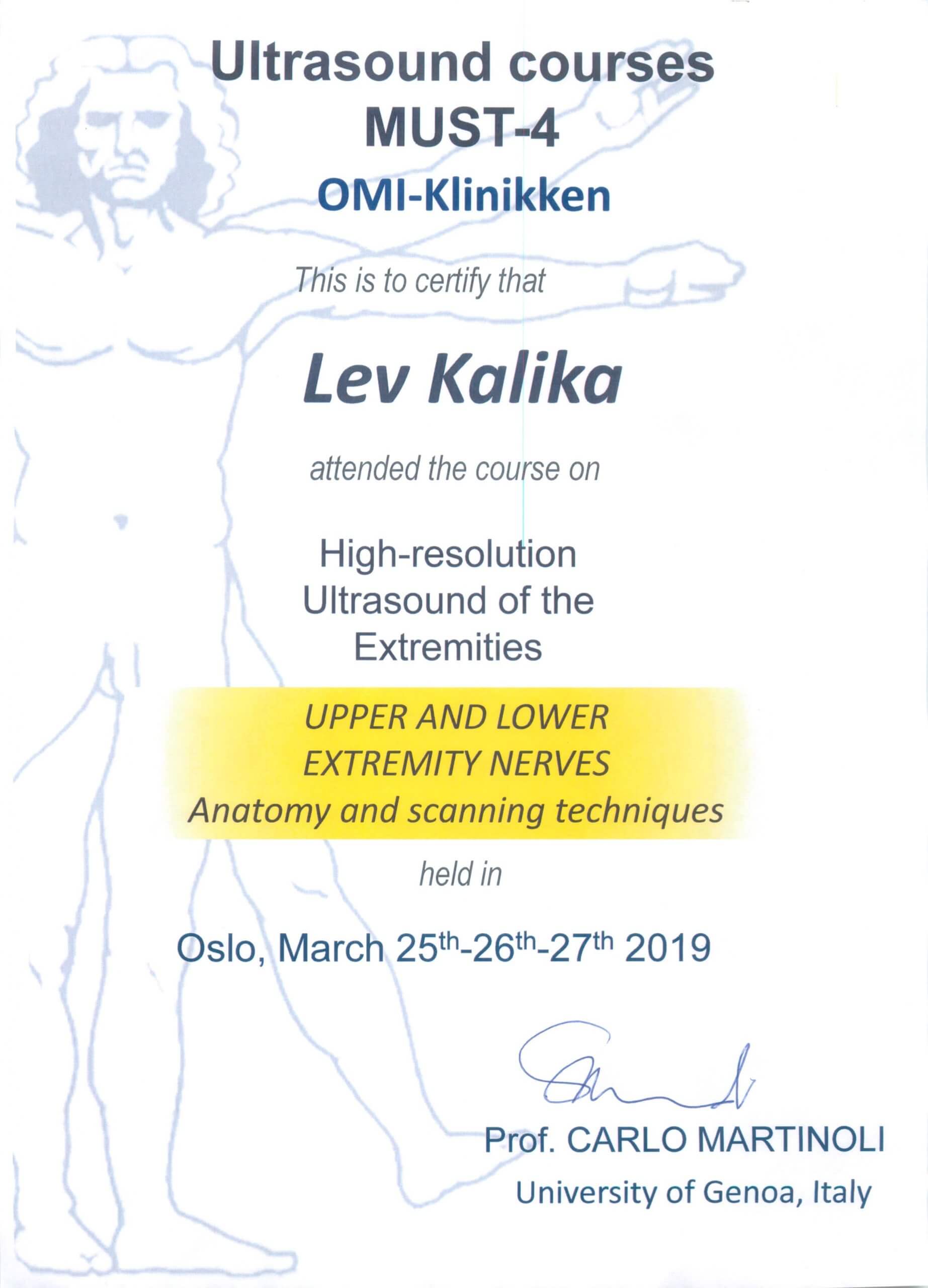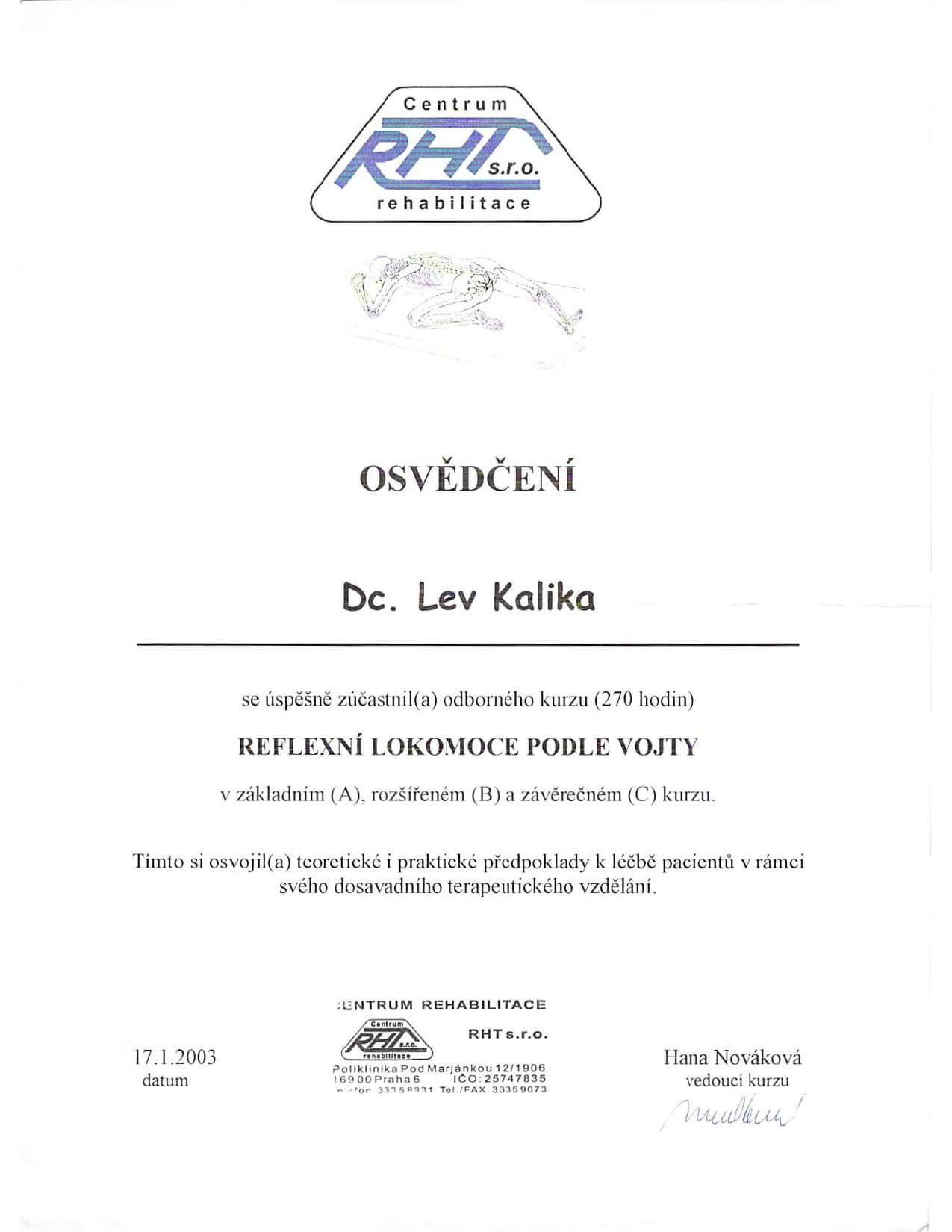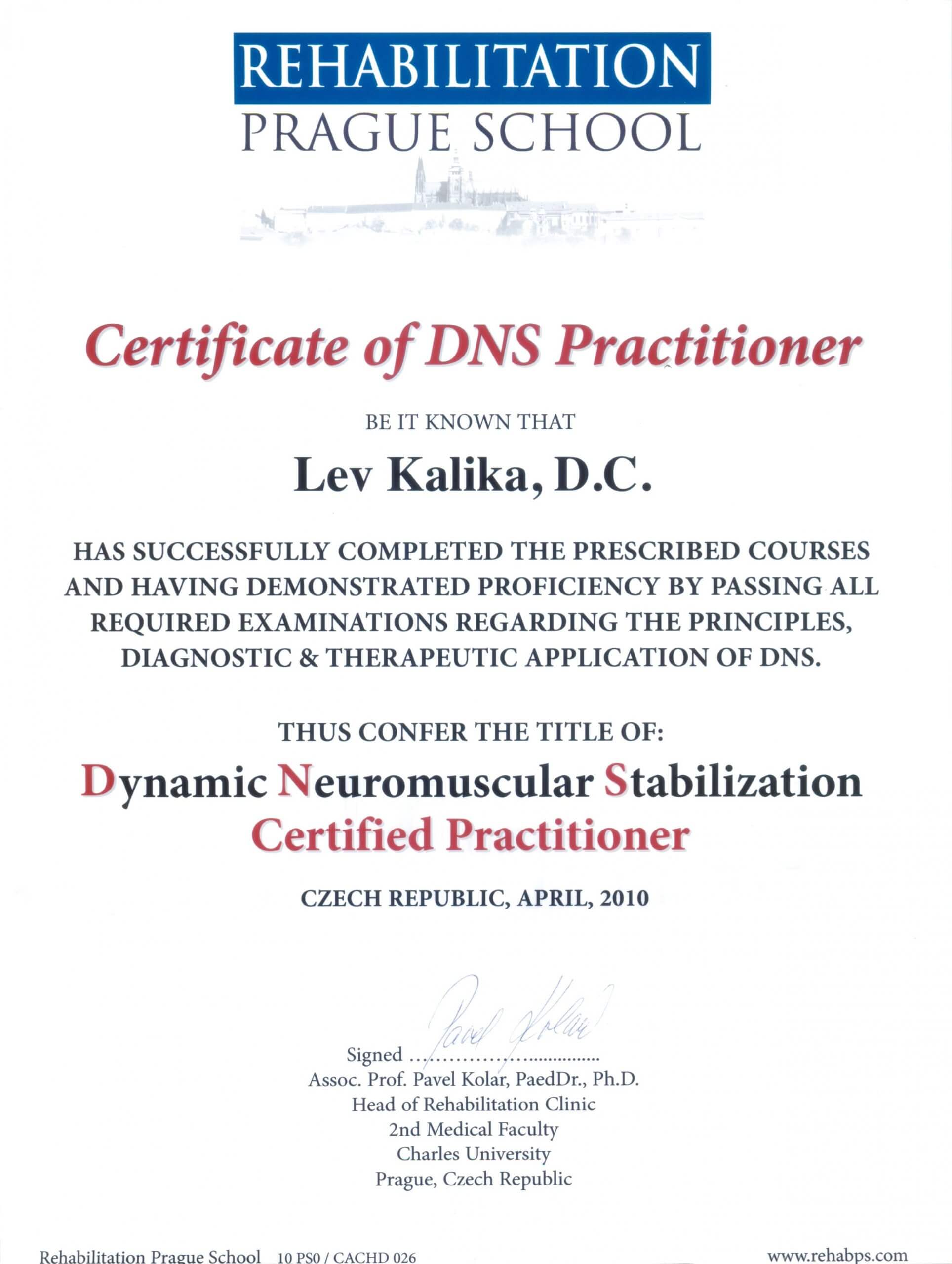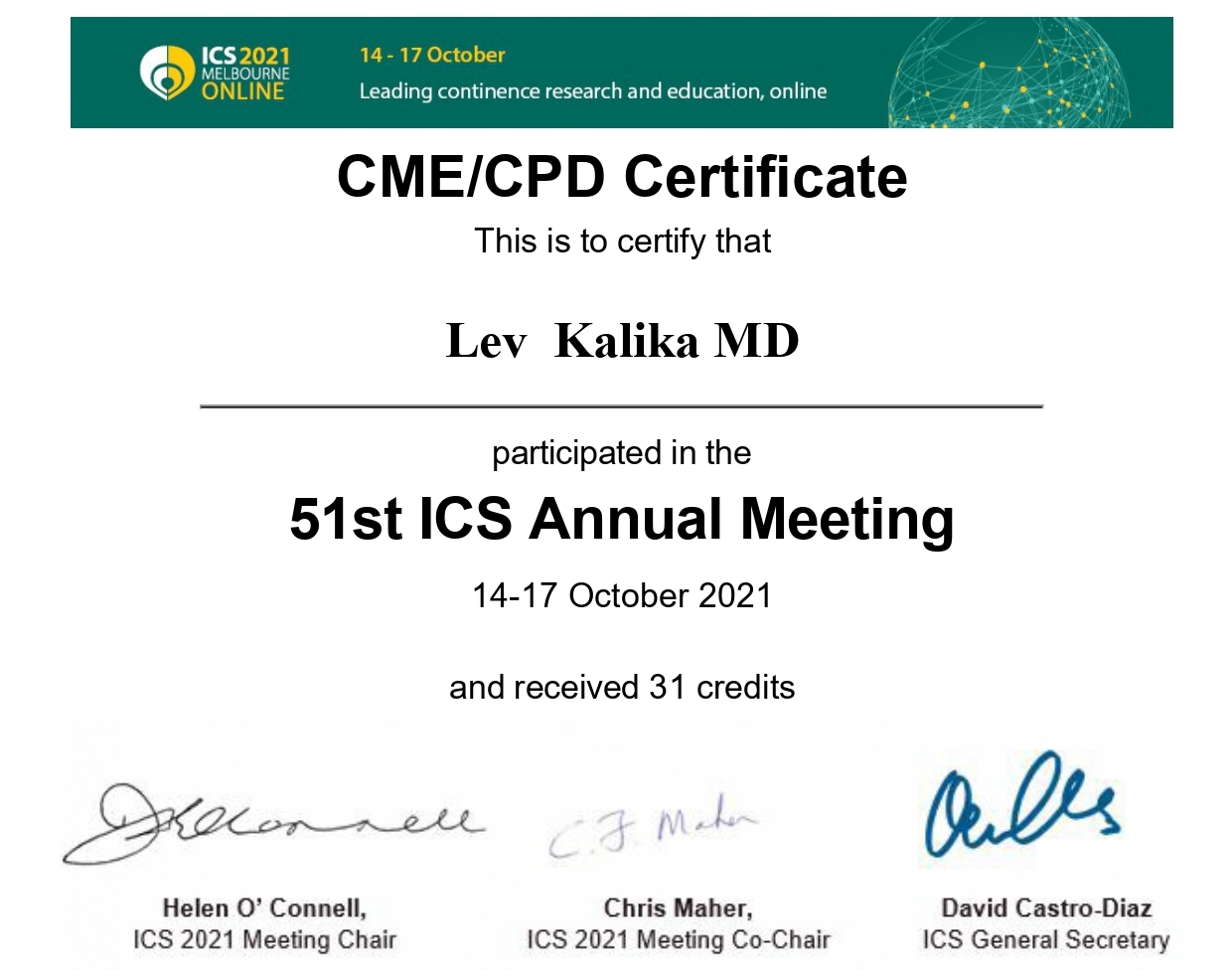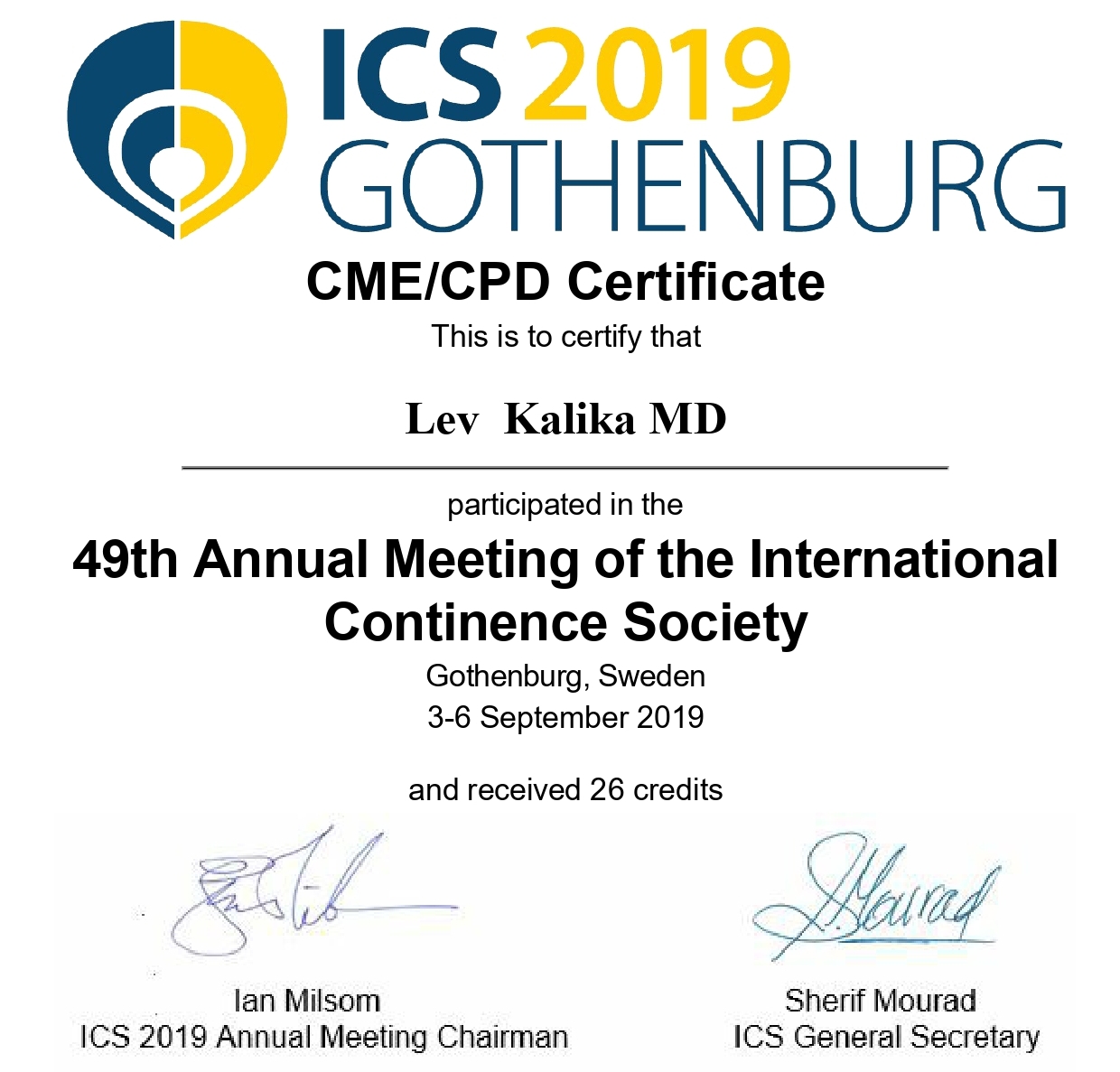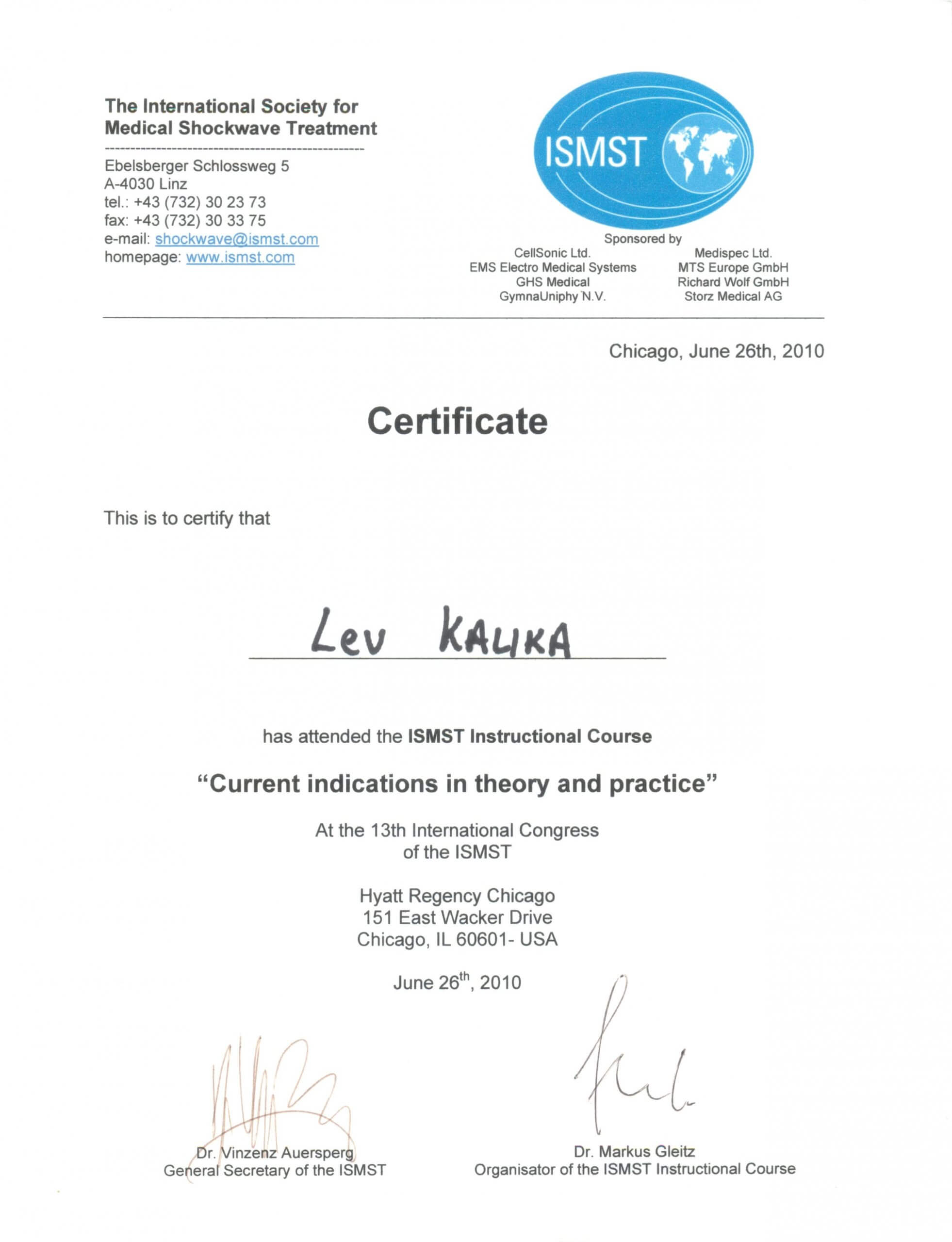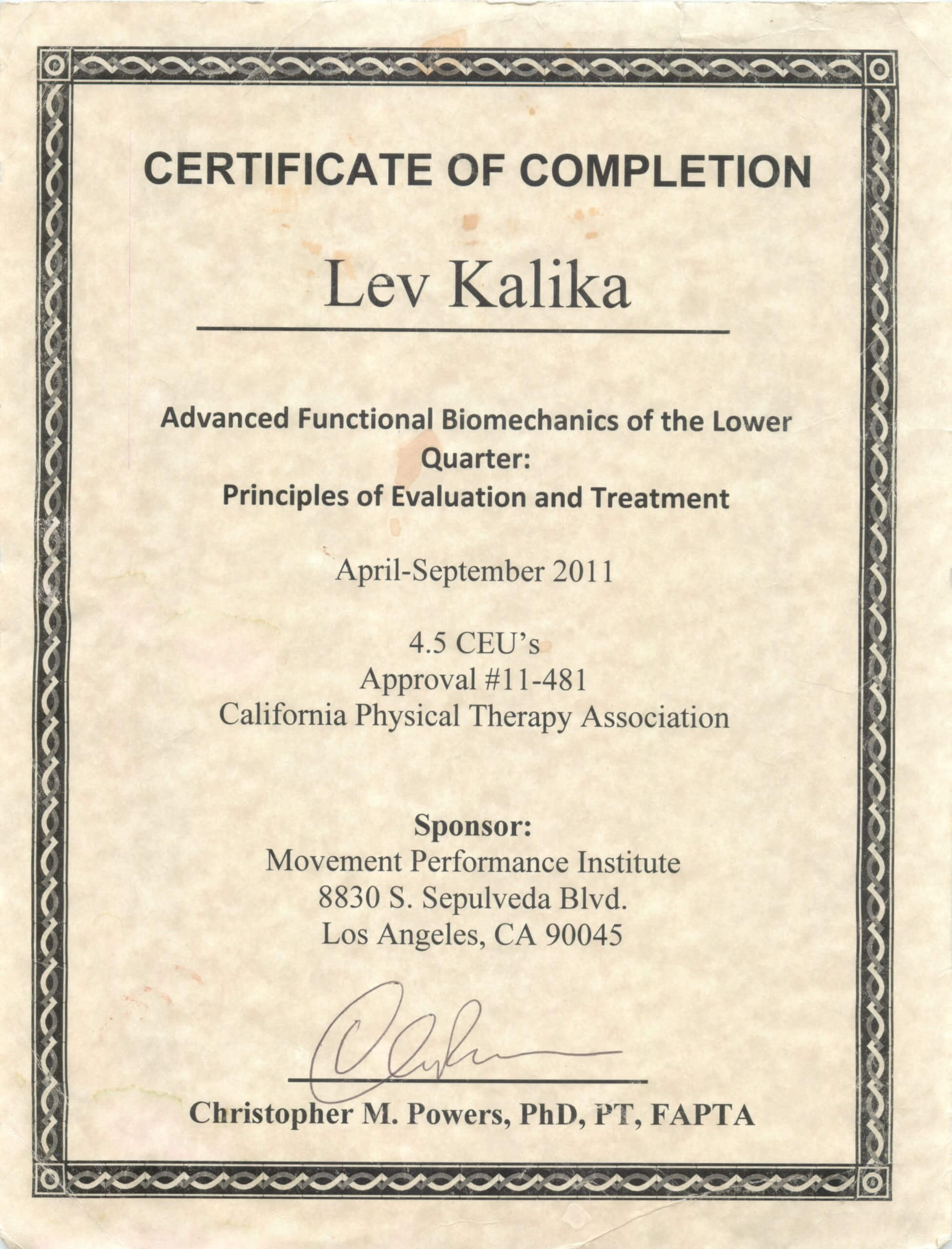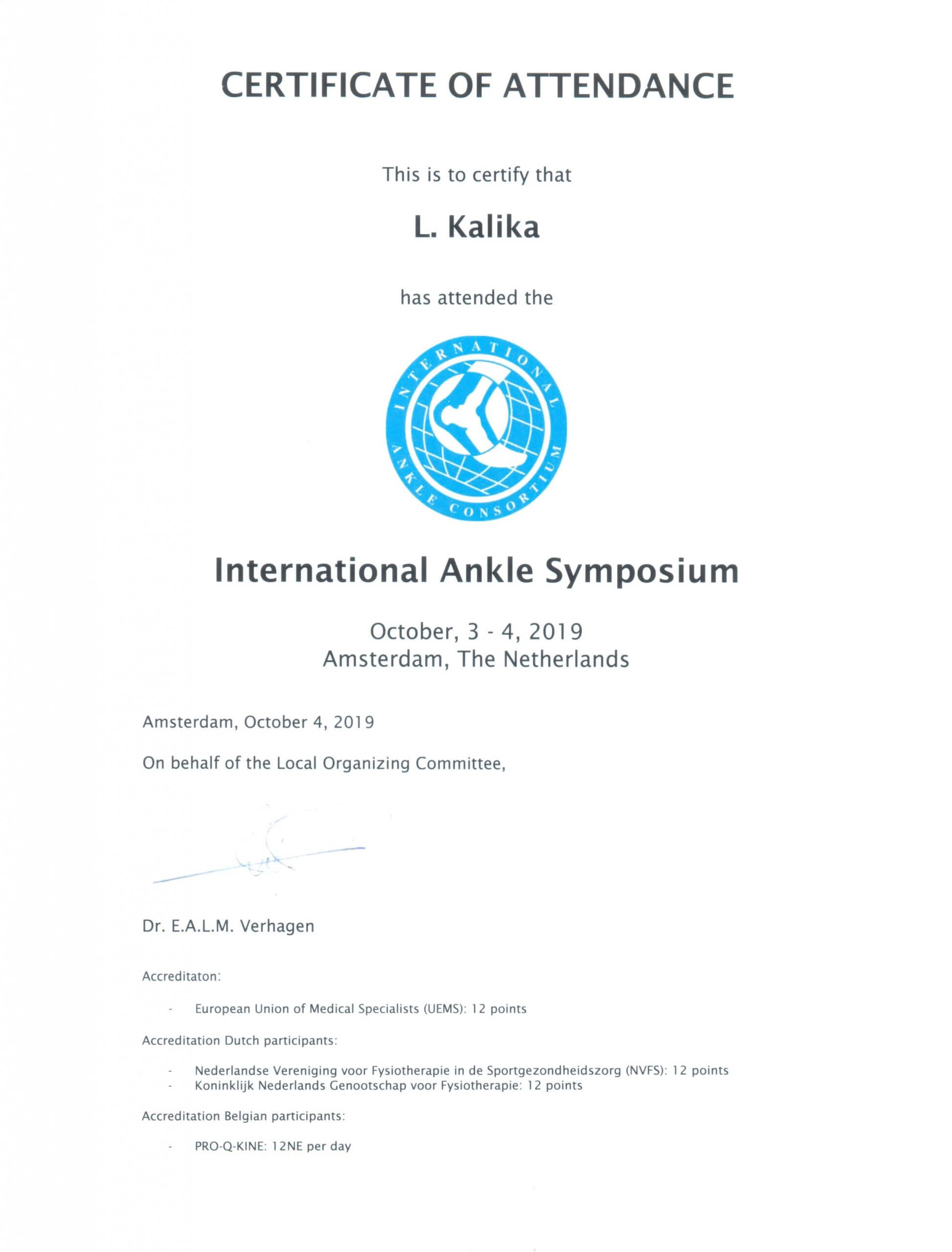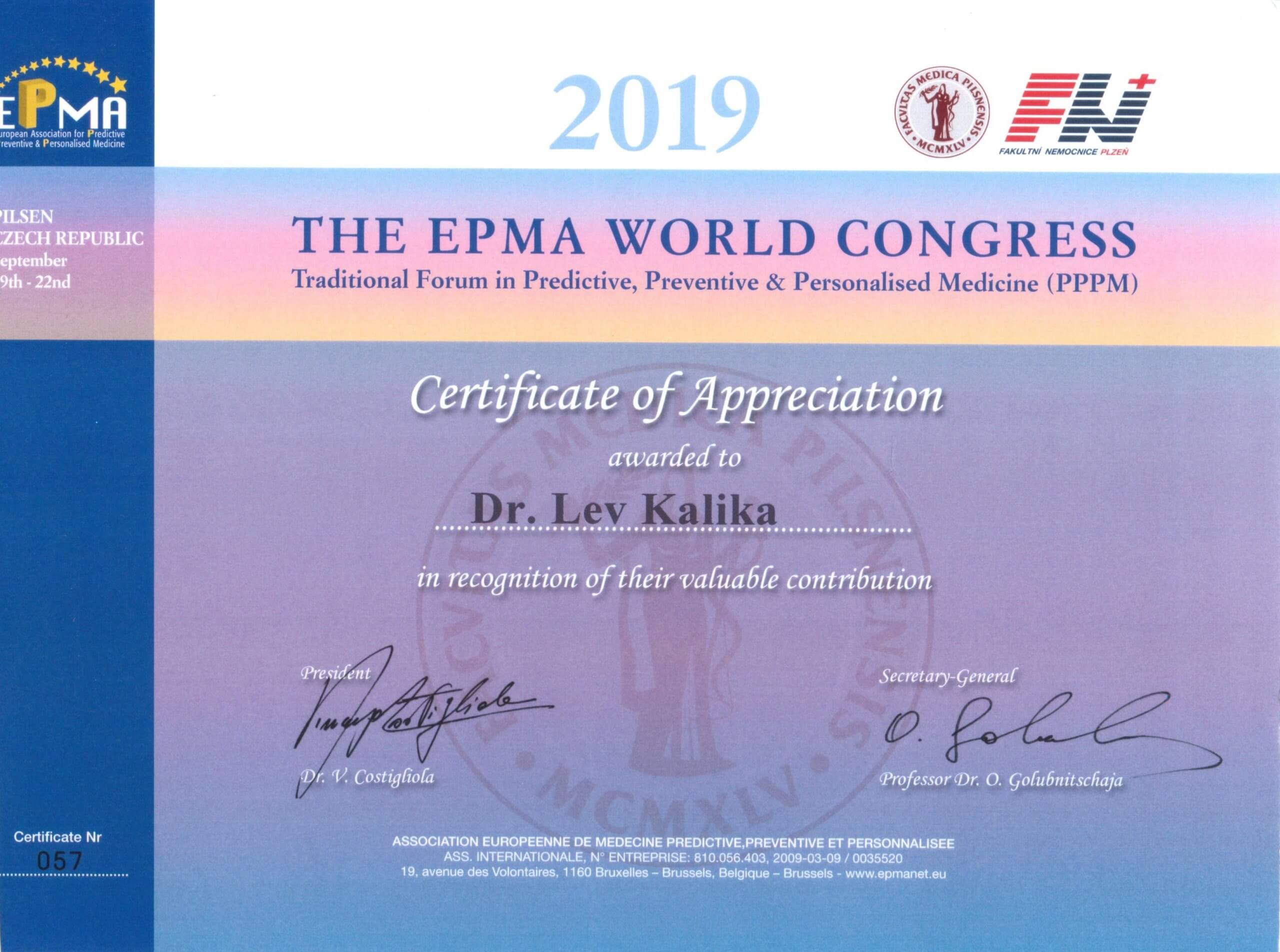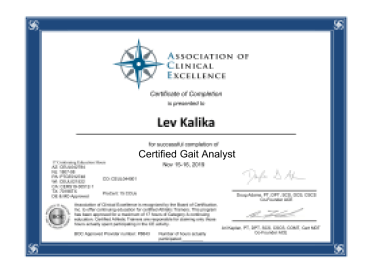Treatment for Chronic Neck Pain
The saying, “a real pain in the neck” is often used to describe situations or people that cause an ongoing annoyance in your life, and that is certainly true for chronic neck pain. You may be able to ignore it for short periods of time, but it is always there, creating an uncomfortable distraction that can keep you from functioning at your best.
When left untreated, neck pain can gradually progress from mild annoyance to nagging pain that can no longer be ignored. Over-the-counter medications and heating pads may help alleviate symptoms temporarily, but the underlying pain returns as soon as the effects wear off. Neck pain that does not go away after several days may indicate serious underlying conditions that require professional intervention.
Anatomy of the Neck and Cervical Spine
Your neck, which makes up your cervical spine, encompasses a network of nerves, bones, joints, and muscles. It plays an important role in providing a protective conduit for nerve communication between your brain and your body. It also provides support and mobility for your head, which can weigh as much as a bowling ball.
Your cervical spine is made up of seven vertebral segments, named C1 though C7. The seventh cervical vertebra connects to the thoracic region of your spine at the C7-T1 junction. Cervical vertebrae are connected to one another by a pair of facet joints that allow you to tilt your head forward, backward and side-to-side.
Between each pair of vertebrae is a disc which serves as a spacer and provides a shock absorbent cushion. Nerve roots traveling from the brain exit through holes in vertebral bones called the neural foramina, located on the left and right sides of the spine.
Contrary to what many people think, your neck, along with the rest of your spine, is typically strong, resilient and stable. Yet there are a number of things that can go wrong to cause pain and discomfort, often associated with the discs between your vertebrae and the nerve pathways that descend along your spinal column.
Common Causes of Neck Pain
While neck problems sometimes result from trauma, like a car accident or diving mishap, they often develop over time. Pain often arises when a nerve root becomes compressed or entrapped, sometimes by a bulging disc, bone spurs on the facet joint, or by muscles, connective tissue or scar tissue. In older adults, age-related degeneration of the bones and discs can lead to chronic neck pain.
Other common causes of chronic neck pain include:
- Poor postural habits while sitting or standing
- Poor physical conditioning
- Head-forward posture while texting, reading or working on the computer
- Muscle imbalances anywhere along the kinetic chain
- Harmful sleeping postures
- Too-soft mattress or pillows
- Repetitive motion during sports
- Cervical herniated disc
- Cervical spinal stenosis
- Whiplash
- Degenerative disc disease
Symptoms of Neck Pain
Neck pain can manifest in a number of ways, including:
- Soreness and stiffness when turning the neck
- Sharp stinging pain localized in one spot
- General overall tenderness or aching
- Pain that radiates from the neck to the shoulders and arms
- Tingling or numbness that can radiate to the shoulders, arms and fingers
- Difficulty gripping or lifting objects
- Headache originating in the neck
While neck pain often increases slowly over time, it can also occur immediately after an injury, as a post-injury delayed response, or suddenly without warning.
Diagnosis of Neck Pain
Neck pain brought on by a bad night’s sleep or overexertion during exercise often goes away on its own after a few days. However, persistent neck pain that lasts for several weeks or months should not be ignored.
Diagnosis of neck pain often consists of:
- Patient history: Your practitioner will ask questions about recent and previous injuries, occupation, lifestyle behaviors, sleep habits, and other questions that may shed light on the source of your neck pain.
- Clinical examination: During the physical exam, the practitioner will palpate your neck for signs of tightness and tenderness, assess your posture, check your neck range of motion, check your reflexes, and evaluate your muscle strength.
- Diagnostic testing: The practitioner may request diagnostic testing to get more information to help determine the underlying cause of your neck pain.
Treatment for Chronic Neck Pain
There are a variety of treatment options for neck pain, and the treatment approach will likely vary from one practitioner to the next. In the early stages of neck pain, self-care including rest, ice and heat may help to alleviate neck pain symptoms. Over-the-counter NSAIDs like naproxen or ibuprofen may also help relieve pain and reduce inflammation.
Professional care may encompass a combination of some of the following approaches:
- Manual therapies like massage and spinal manipulation
- Acupuncture
- Postural correction
- Lifestyle modification
- Muscle stretching and strengthening
- Prescription pain medications
In some cases, patients opt to have spinal surgery to relive neck pain. However, surgery involving the spinal cord carries inherent risks, and it can be expensive. Moreover, neck pain can often be resolved with conservative, non-invasive treatment.
Neck Pain Diagnosis and Treatment at NYDNRehab
At NYDNRehab, we take a holistic approach to treating all types of pain, including neck pain. Our team of professionals understands the interrelatedness of the body’s systems, and how pain in one area can originate somewhere else. Our goal is to go beyond treating your neck pain symptoms, to identifying and correcting their underlying cause.
Our team of neck pain specialists use the most advanced methods to treat neck pain, including:
- Dynamic neuromuscular stabilization (DNS)
- Neural mobilization
- Myofascial release techniques
- Postural control training
- Acupuncture
- Extracorporeal shockwave therapy
- Manual therapies
- Patient education
- Physical therapy
We personalize our treatment approaches to meet the needs of each individual patient, with the end goal of restoring full pain-free function and improved quality of life.


